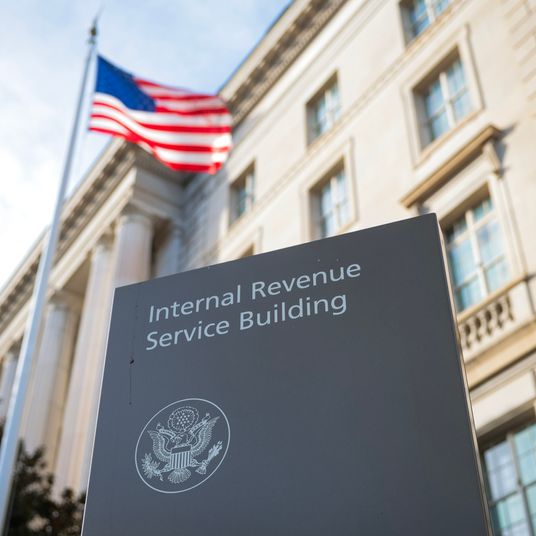
Plenty of low-level fraudsters know how to work a neck brace and convert it into a bogus insurance claim. Some slip and fall on a subway grate. Others fake a car-accident injury. But none of them hold a candle to Maxo Jean, a 52-year-old taxi dispatcher from West Hempstead, Long Island. Currently in jail awaiting sentencing after a one-week trial in January, Jean worked with a crew to cause at least 30 different car crashes over four years, making more than $150,000 in an insurance scam like no other.
Jean’s method was inspired, thorough, and more than a little macabre. First he procured cars (prosecutors aren’t saying whether they were stolen or purchased), then he recruited crews of drivers and passengers, ones who wouldn’t mind risking their personal safety to cause collisions with cars driven by innocent victims. From 2007 to 2011, he’s said to have orchestrated 30 such car accidents, instructing the crews he’d hired to make it seem like the other driver was at fault. Some trolled parking lots, looking for cars innocently backing out of spaces, then zipping into their way at just the right time. Others waited at intersections for vehicles making turns, then strategically crossed the path of an oncoming driver. Kids were in some of the cars that got hit, though there were no reports that any of them were hurt. Not that that would have deterred Jean: According to one witness’s testimony at his January trial in federal court, when Jean heard one crash victims was bleeding, he called it “collateral damage.” And when another said he was worried about someone being really injured, Jean replied, “That’s good, because it makes it look real.”
Some of Jean’s hired drivers, of course, also got hurt, though none were injured enough to require the medical attention he had them to seek out. According to prosecutors, after the crashes, Jean took his recruits to medical clinics and directed them to submit to unnecessary treatment, including surgeries, for their nonexistent injuries, so that the treatments could be billed to car-insurance companies. One driver-turned-cooperating witness said that when a clinic recommended back surgery even though he had no back pain at all, Jean urged him to go under the knife anyway, saying, “This is where the money is at.” The clinics are called “corrupt” in the court documents, though prosecutors declined to discuss if charges are pending against them. Jean made some of his money through kickbacks from the insurance-company reimbursements to the clinics. The rest came from the drivers’ no-fault insurance claims as well as claims against the victims’ insurance companies, and sometimes the threat of lawsuits that prompted settlements.
Despite his unrelenting commitment to verisimilitude, Jean only earned the equivalent of about $30,000 a year from the scheme. At trial, he claimed he was simply doing his job as a taxi dispatcher, receiving payments from medical clinics to take injured drivers in for treatments. The jury didn’t buy it. He was convicted on one count of conspiracy to commit mail, wire, and health care fraud. He faces a maximum penalty of 20 years in prison and a $250,000 fine. After the conviction, Judge Denny Chin said he was “appalled at the level of corruption” of his scheme. His bail was revoked following the conviction, and Jean is in jail now awaiting sentencing in May.





























